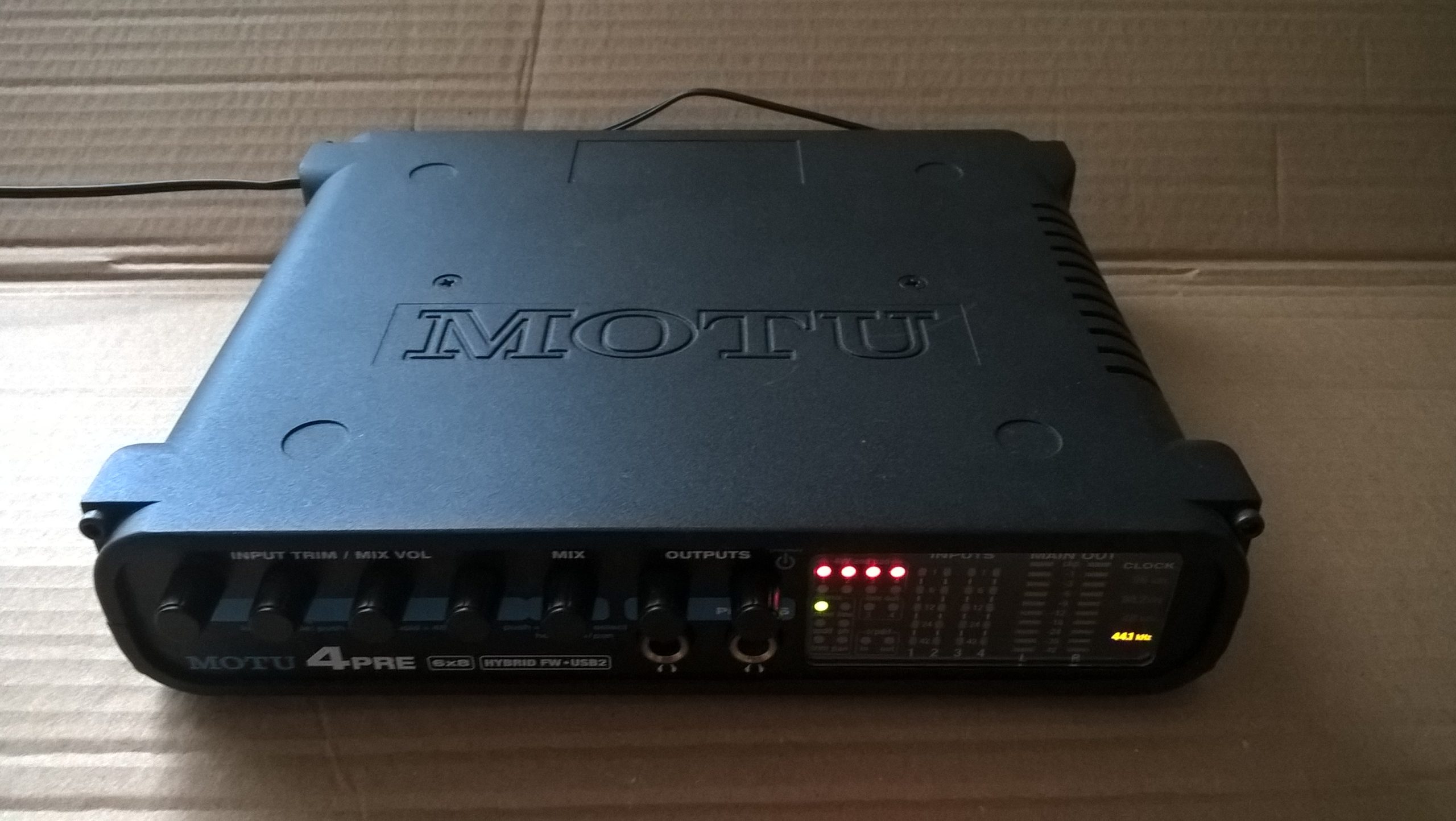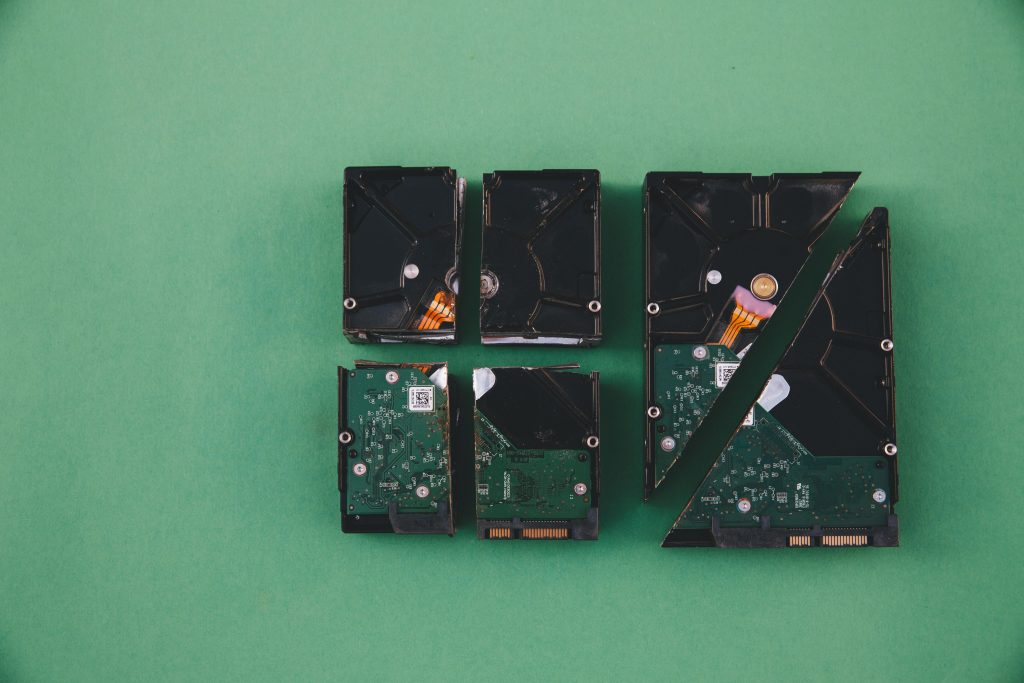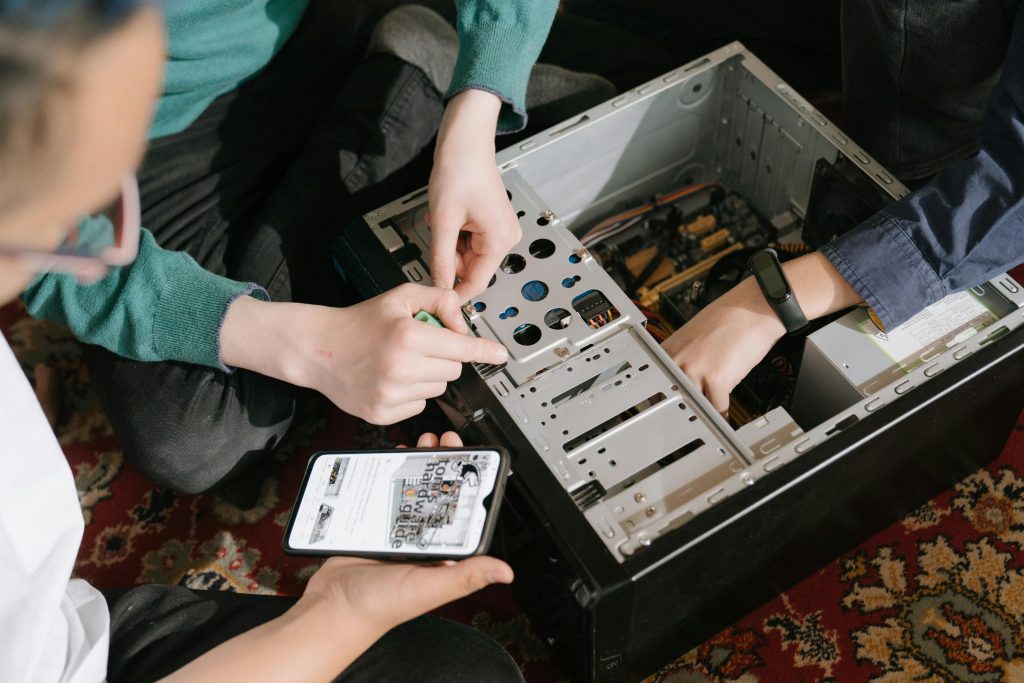The Importance of Server Maintenance: A Cautionary Tale
In the realm of IT management, neglecting server upkeep can lead to catastrophic consequences. Recently, we experienced a significant incident that serves as a stark reminder of the importance of regular maintenance and timely upgrades for business servers.
Today, we faced a rather unfortunate situation: a customer’s server crashed, losing critical data that we had been cautioning them about for the past three years. Both hard drives had evidently been struggling for quite some time, as indicated by the dim LEDs that led us to believe they might have burned out. This was further compounded by the HDD error light, signaling potential failure.
In an attempt to salvage the situation, we tried to rebuild the RAID 10 array; however, the damage to the remaining drive was too severe, leaving us with little hope. The last backup, conducted just two days prior, is now under scrutiny as we attempt to retrieve the most essential files from it, but the likelihood of corruption is high.
The server in question was running on Windows Server 2008, a platform that is now quite outdated. As a result, we will need to establish a new Active Directory and complete the migration of all connected computers to the new setup. This transition will inevitably incur significant labor costs, leaving the customer to foot a hefty bill.
This incident raises a critical question: Was it prudent for the client to continue using a server that had well surpassed its expected lifespan? The time lost waiting for a new server to be ordered and installed could amount to weeks of lost productivity.
The key takeaway from this experience is crystal clear: investing adequately in your company’s primary server is essential. Cutting corners may save a bit of money in the short term, but the long-term repercussions—especially when it comes to data loss and operational downtime—far outweigh those initial savings.
As a side note, the physical condition of the server was quite alarming. It was the dirtiest server we’ve encountered, leading us to wonder if there had been any smoking allowed in the server room. This neglect only adds to the evidence that hardware maintenance should be a top priority.
In conclusion, this unsettling experience underscores the necessity for regular server maintenance and timely upgrades. Ensuring that your IT infrastructure is robust not only minimizes risks to data integrity but also protects your business operations from the devastating fallout of system failures. Don’t let this be a lesson learned too late—invest wisely in your technology.
Share this content:



